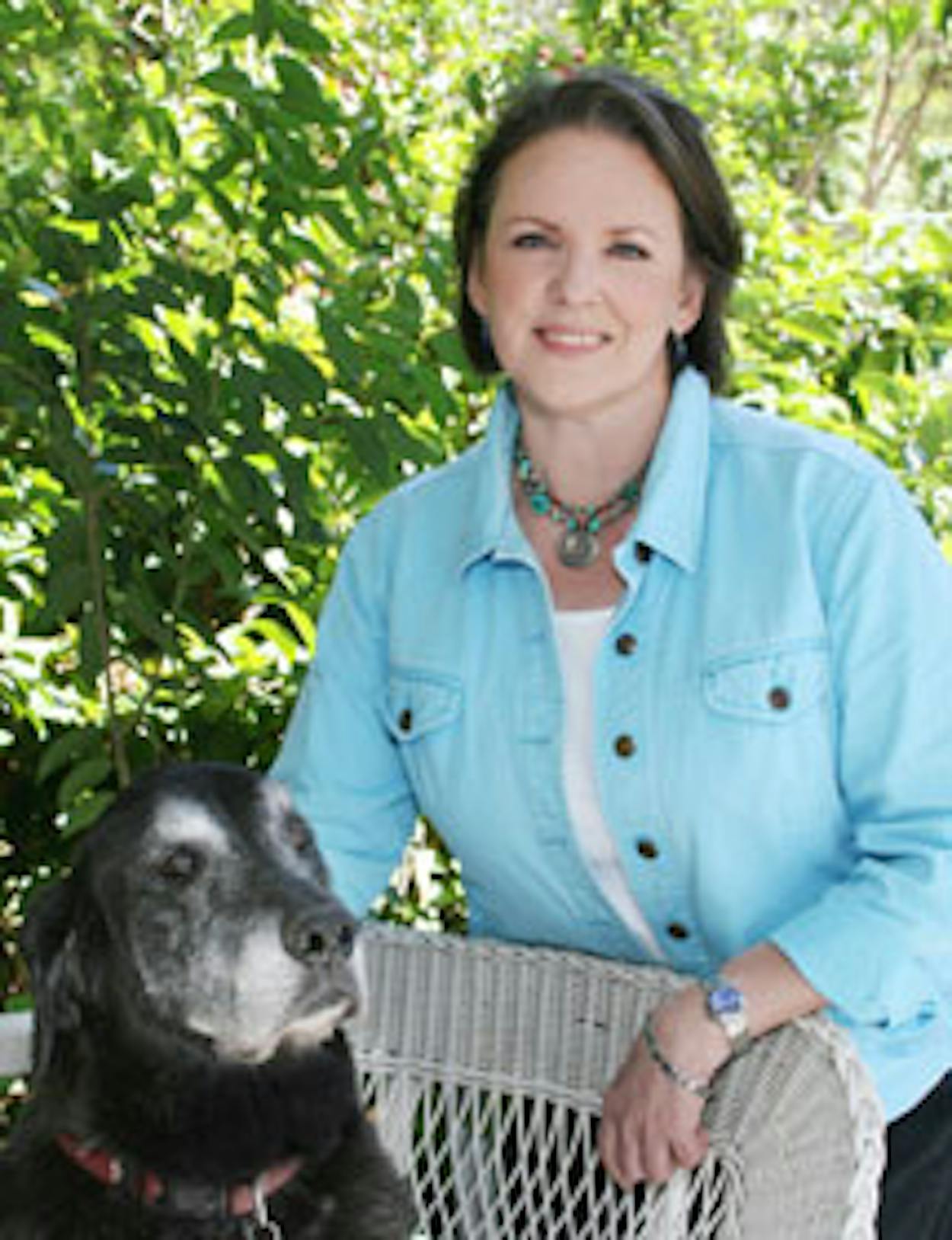When the first novel by the Austin writer Jacqueline Kelly, The Evolution of Calpurnia Tate, was published in 2009, it drew the sort of response every first-time author hopes for: positive reviews from Publishers Weekly and the New Yorker and an honorable mention from the Newbery Medal Selection Committee. It is not hard to see why grown-up readers were impressed with this children’s book. The Evolution of Calpurnia Tate fits an old notion of literature for young people—it is slow-moving, morally grounded, and filled with the young narrator’s careful descriptions of the natural world—in this case, the grasshoppers, cardinals, and toads that populate Central Texas.
Given the languorous pace of the novel, it is not surprising that Kelly’s favorite childhood book is Kenneth Grahame’s 1908 classic, The Wind in the Willows, with its unhurried evocations of the English countryside. “I read The Wind in the Willows for the first time when I was eight,” Kelly said. “I was in bed with the flu, feeling sorry for myself, and a family friend gave me a copy. I started reading it, and I was transported.”
The book had such an effect on Kelly, she decided that her second book would be a sequel, called Return to the Willows, which will be published by Henry Holt later this month. “The idea just popped up on me one day, and I said by God, I’m going to write a sequel,” she recalled. (She was unaware at the time that a handful of other authors had already done the same.)
Kelly, a practicing physician who turned to writing in her forties, still has her childhood copy of The Wind in the Willows and rereads it every few years. “It’s what my publisher calls comfort literature, “ she said.
Of course, as Kelly acknowledges, The Wind in the Willows is more than that. Peter Green, a former professor of classics at the University of Texas and the author of Beyond the Wild Wood: The World of Kenneth Grahame, ties the book to the profound social disruptions shaking England during Grahame’s lifetime. “Nothing like the Industrial Revolution had ever happened before,” Green wrote in an email. “Cheap printing and public education were reaching out to a layer of society that had never before had a voice. Hence all those Victorian riots celebrating the rise of the urban proletariat.”
According to Green, the stoats and weasels of the Wild Wood who overrun Toad Hall in The Wind in the Willows represent the newly emboldened working class that Grahame feared would destroy his pastoral vision of England. Grahame certainly intended his book as a shelter from those changes, but they were never far from his mind. When Grahame’s Rat, Mole, and Badger try to persuade Toad to give up his dangerous passion for automobiles, the vehicles clearly represent the incursion of the twentieth century on their peaceful idyll.
Little of that tension makes its way into Return to the Willows, which goes in for fast-paced, madcap adventure. This was a deliberate choice on Kelly’s part. When she visits schools to talk about her book, she often asks how many students have read The Wind in the Willows. “Maybe three or four or five out of sixty kids raise their hands,” she said. “It’s a very slow-moving, quiet sort of book, which may not appeal to kids now.” (Kelly also tried to accommodate her American audience by including footnotes that explain Britishisms such as “bib and tucker” and “stir your stumps,” a decision that advance reviewers on Amazon have criticized.)
As Kelly began writing Return to the Willows, she found one of the characters taking over the story—specifically, the one who represents the sort of irreverence that Grahame feared but schoolchildren adore. “When I started out I couldn’t stand Toad,” she said. “I thought he was awful. But he insisted I write about him. He pushed himself forward in a very Toad-like manner. I was like, what? Get away, you nasty toad! And he was just so much fun to write about.”
At first, Kelly struggled to could come up with situations to complicate Toad’s life. Her medical practice—she works at the J.J. Jake Pickle Federal Building in downtown Austin, where, among other things, she performs annual exams on law enforcement employees—provided an answer. “An A.T.F. agent told me about people who make homemade fireworks and trade recipes online and occasionally blow their fingers off,” she said. “And I thought, that is dumbest thing I’ve heard in a long time. And then I thought, oh, Toad, Toad can make fireworks. And of course disaster ensues.”
Kelly is writing another sequel—to The Evolution of Calpurnia Tate—but that work is going slowly. Her first book was inspired by the many hours she spent observing the flora and fauna around her weekend home, a Victorian farmhouse in Fentress. But she doesn’t have that option today. “The house was struck by lightning and burned to the ground two years ago,” she said. “A lot of that first book was written sitting on the front steps waiting for something to come by—a spider, a lizard, a hawk, a mole. Now, I don’t have anywhere to sit and do that.
“I told my husband we really need to rent a cabin out in Wimberley, so I can sit and watch herons and frogs.”









